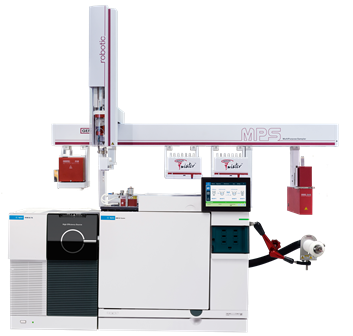Detection of Aroma and Odors with the latest generation ODP 4
 Analyzing odors is done in many different applications; in the inspection of food, beverages, perfumes, body care and consumer products, packaging and much more. The latest generation Olfactory Detection Port ODP 4 (ODP 4) from GERSTEL makes it possible for an analyst to work ergonomic and very concentrated during the detection of aromas and (unpleasant) odors. The ODP 4 system is based on a gas chromatograph combined with an olfactory detection GC-O. The powerful Olfactory Data Interpreter (ODI) data processing software ensures the automated processing of large amounts of collected data.
Analyzing odors is done in many different applications; in the inspection of food, beverages, perfumes, body care and consumer products, packaging and much more. The latest generation Olfactory Detection Port ODP 4 (ODP 4) from GERSTEL makes it possible for an analyst to work ergonomic and very concentrated during the detection of aromas and (unpleasant) odors. The ODP 4 system is based on a gas chromatograph combined with an olfactory detection GC-O. The powerful Olfactory Data Interpreter (ODI) data processing software ensures the automated processing of large amounts of collected data.
Olfactory Detection Applications
Various application notes describe the application of ODP 4. An example is the identification of unpleasant odor compounds in paper products via Thin Film Solid Phase Micro-extraction (TF-SPME) and GC-MS/O. This study shows that by performing TF-SPME extractions and then applying GC-MS/O, unpleasant odor compounds from paper products can be identified.
Another application note describes the identification of key odor compounds in Bourbon via a solvent-free aroma dilution analysis (ADA) and the latest software for interpreting GC-O data. For this study, ADA Stir Bar Sorptive Extraction (SBSE) with GC-MS/O was applied to a Kentucky bourbon to determine major aroma compounds of ethyl isovalerate, ethyl hexanoate, phenylethyl alcohol, ethyl octanoate, and cis-oak lactone. The new ODI data analysis software simplifies the processing of the combined GC-MS/O data.
Download the application notes for more information or visit our stand B066 in Hall 7 during WoTS. Register here for free access.